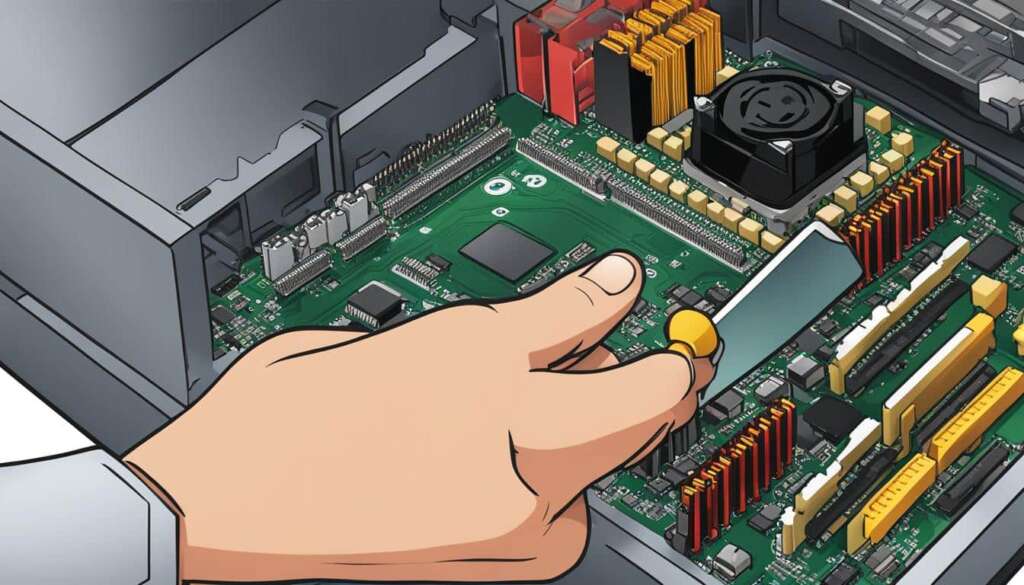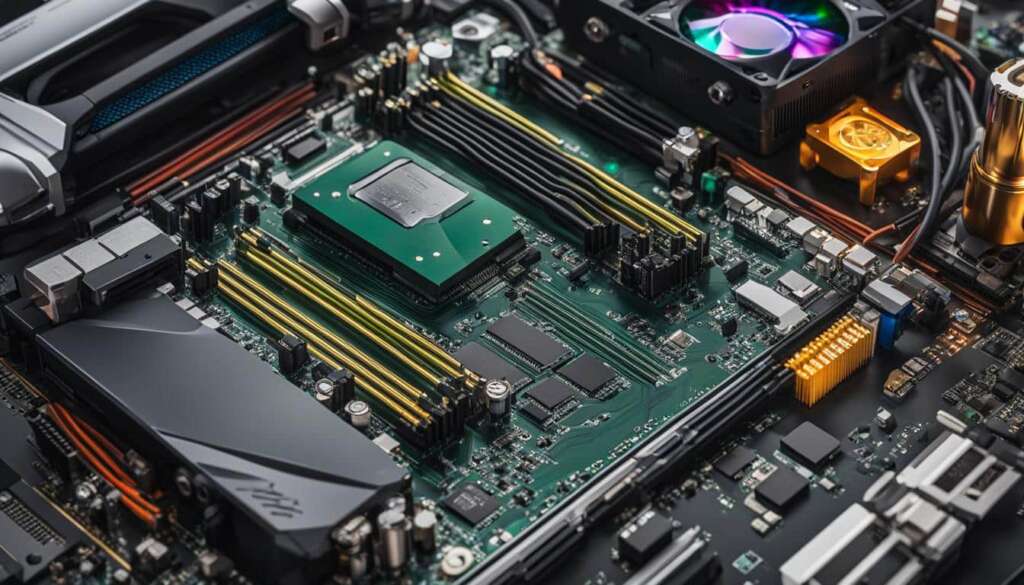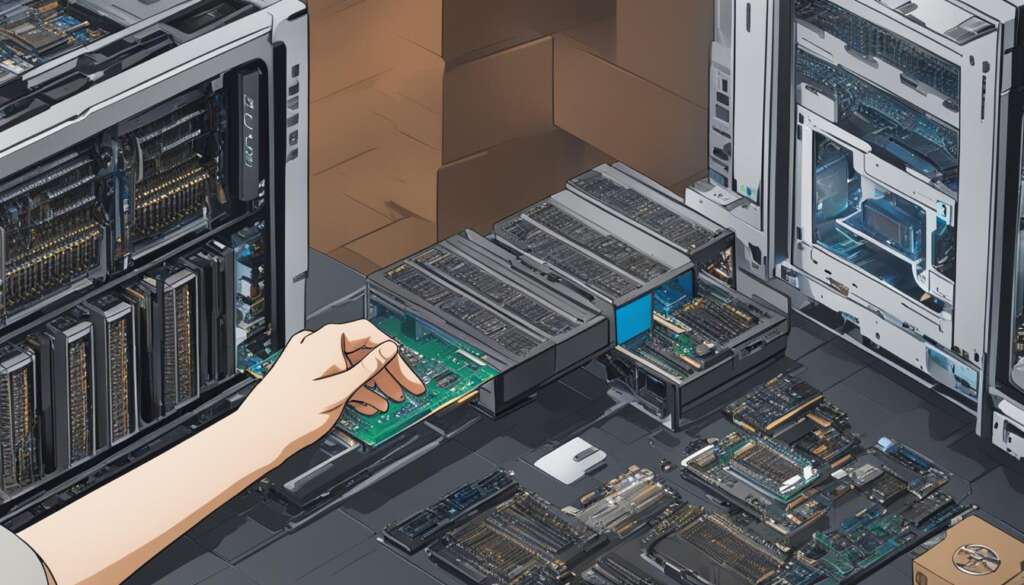Table of Contents
Looking to boost your computer’s performance? Adding RAM to your PC is a cost-effective and straightforward solution. By increasing the amount of RAM, you can significantly enhance your computer’s speed, responsiveness, and multitasking capabilities, ensuring a smoother user experience.
Wondering how to install RAM and increase your computer’s memory? In this article, we’ll guide you through the process of adding RAM to your desktop PC, step by step. Whether you’re a computer enthusiast or a beginner, you’ll find this guide helpful in upgrading your computer and maximizing its potential.
Stay with us as we uncover the steps involved in adding RAM to your PC and provide valuable tips to help you choose the right RAM modules for your motherboard. Let’s optimize your computer’s performance and take it to the next level!
Steps to Add RAM to PC
To upgrade the RAM in your PC and enhance its performance, follow these simple steps:
- Gather Supplies: Prepare the necessary tools and components. You will need the new RAM modules and a screwdriver.
- Shut Down Computer: Save any unsaved work and shut down your computer properly.
- Unplug Power Cable: Disconnect the power cable from the back of your PC to ensure safety.
- Open the Case: Carefully remove the screws or latches securing the computer case and slide it open.
- Ground Yourself: To prevent any static electricity damage, ground yourself by touching a grounded object before handling the RAM.
- Remove Existing Memory Modules: Locate the existing RAM modules on the motherboard and gently release the clips on either side to remove them.
- Install New Memory: Take the new RAM modules and align them with the slots. Press down firmly until the clips lock the modules into place.
- Close the Computer Case: Slide the computer case back into position and secure it with the screws or latches.
- Plug in the Power Cable: Reconnect the power cable to the back of your PC.
Tip: It’s always a good idea to refer to your computer’s user manual for specific instructions on opening the case and installing RAM. If you’re unsure or uncomfortable performing the upgrade yourself, it’s recommended to seek assistance from a professional.
Now that you’ve successfully added new RAM to your PC, you can enjoy improved performance and smoother multitasking capabilities. Take some time to test out your upgraded system and experience the benefits of increased memory capacity.
How to Choose the Right RAM for Your Motherboard
Before upgrading your computer’s RAM, it is crucial to understand your motherboard’s specifications to ensure compatibility and optimal performance. One important factor to consider is the maximum RAM capacity supported by your motherboard. This information can easily be found by accessing the System Information tool on your Windows computer and locating the BaseBoard Manufacturer, BaseBoard Product, and BaseBoard Version.
Knowing your motherboard’s maximum RAM capacity allows you to determine the total amount of RAM you can install. It is important to note that different motherboards may have varying maximum RAM capacities, so it’s crucial to check this detail before making your purchase.
Additionally, understanding the type of RAM supported by your motherboard is crucial for a successful upgrade. There are two common types of RAM modules, DIMM (Desktop Memory) and SODIMM (Laptop Memory). While DIMM modules are commonly used in desktop computers, SODIMM modules are designed for laptops. Make sure to select the right type based on your computer’s form factor.
Another important consideration is the RAM speed and latency. RAM speed refers to the frequency at which data is transferred, while latency measures the delay in accessing that data. DDR4 RAM is the latest standard and offers faster speeds and lower latency compared to DDR3 RAM. However, it’s important to note that DDR4 RAM is not backward compatible and cannot be installed on motherboards that only support DDR3. Therefore, it’s vital to check your motherboard specifications to ensure compatibility with the chosen RAM type.
FAQ
Can adding RAM to my PC improve its performance?
Yes, adding RAM to your desktop computer can boost its performance. By increasing your RAM capacity, you can make your computer faster, improve system responsiveness, and enhance multitasking capabilities.
How do I add RAM to my PC?
To add RAM to your PC, follow these steps: gather supplies, shut down the computer, unplug the power cable, open the case, ground yourself, remove existing memory modules, install new memory, close the computer case, and plug in the power cable.
How do I choose the right RAM for my motherboard?
Before upgrading your RAM, it is important to check your motherboard’s specifications to determine its maximum RAM capacity and configuration. This information can be found by accessing your system’s BaseBoard Manufacturer, BaseBoard Product, and BaseBoard Version through the System Information tool on Windows. Once you know your system’s limits, you can choose the right RAM modules accordingly.













